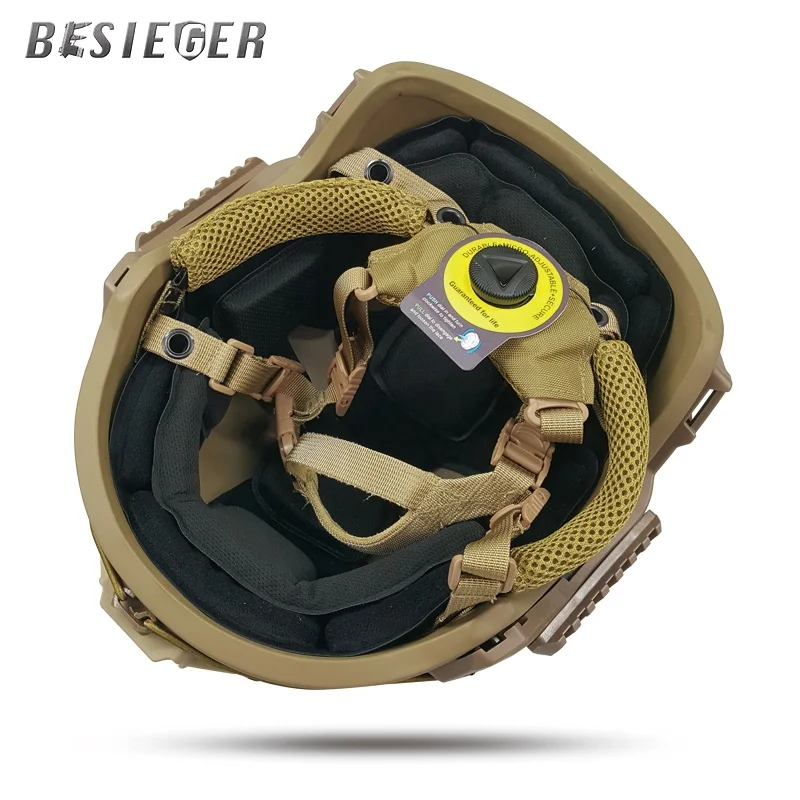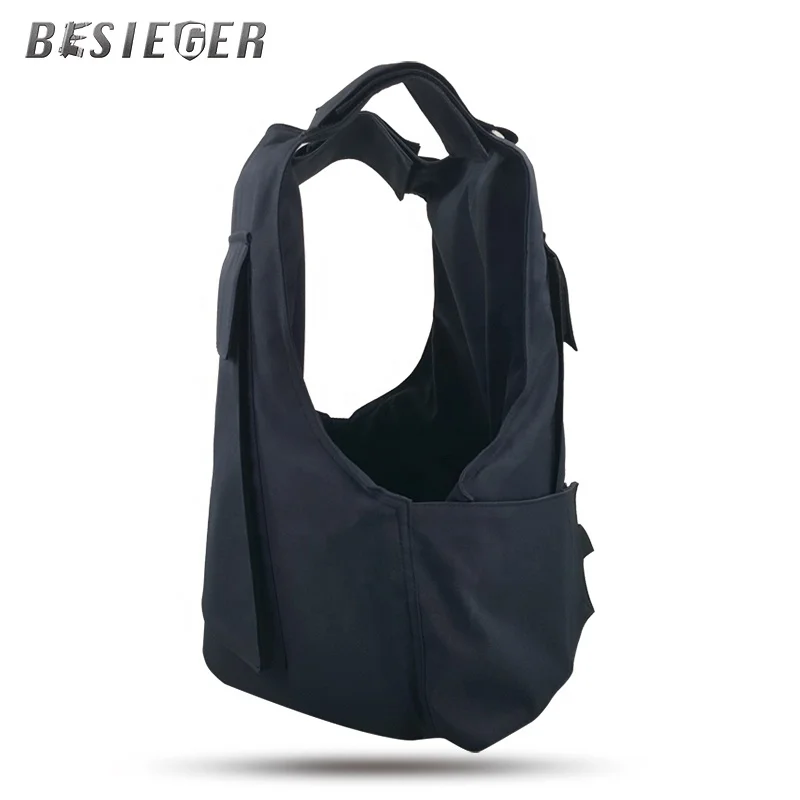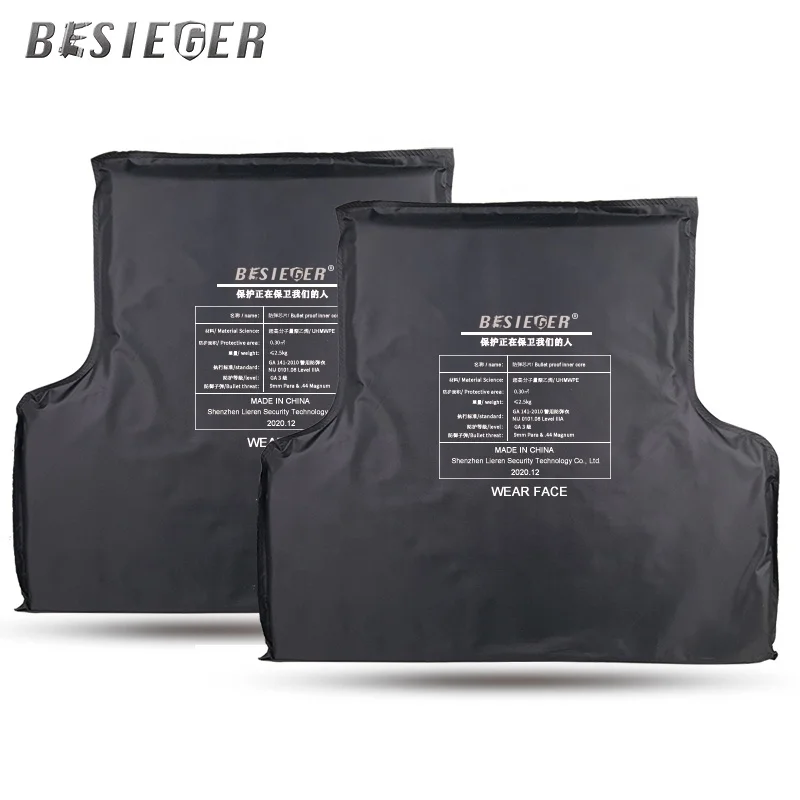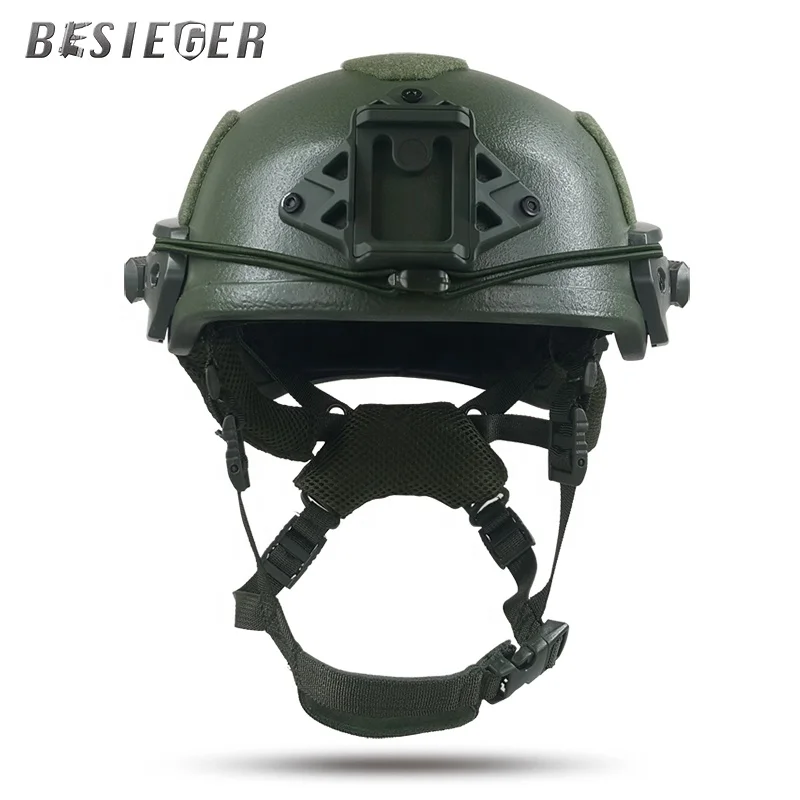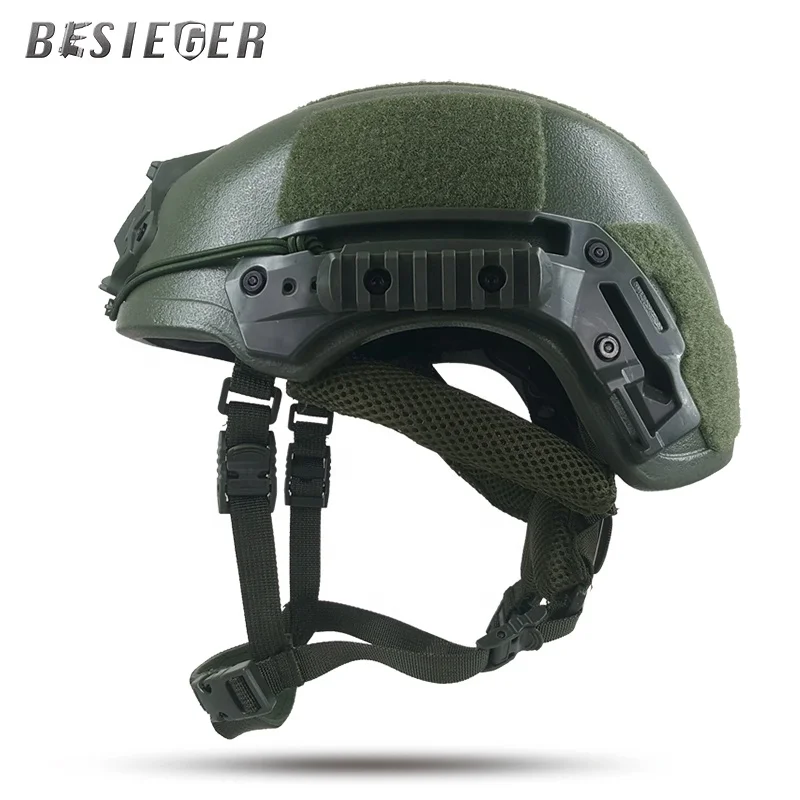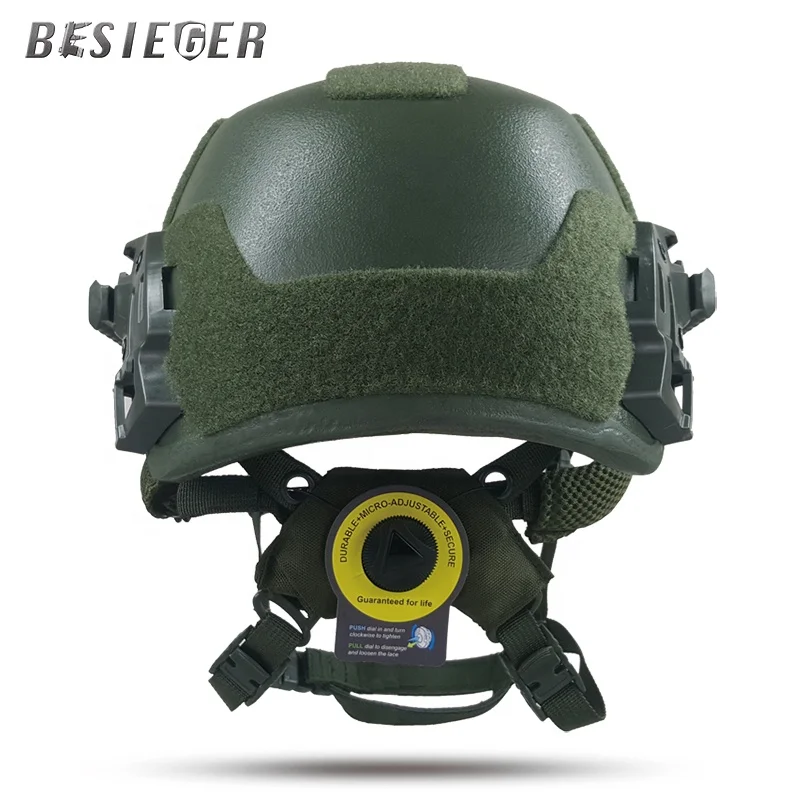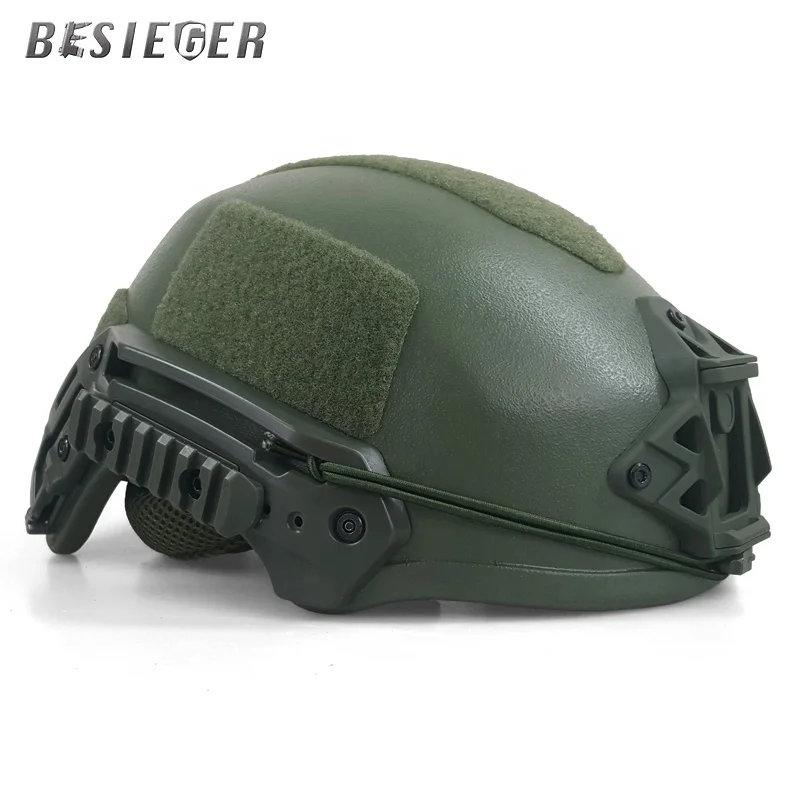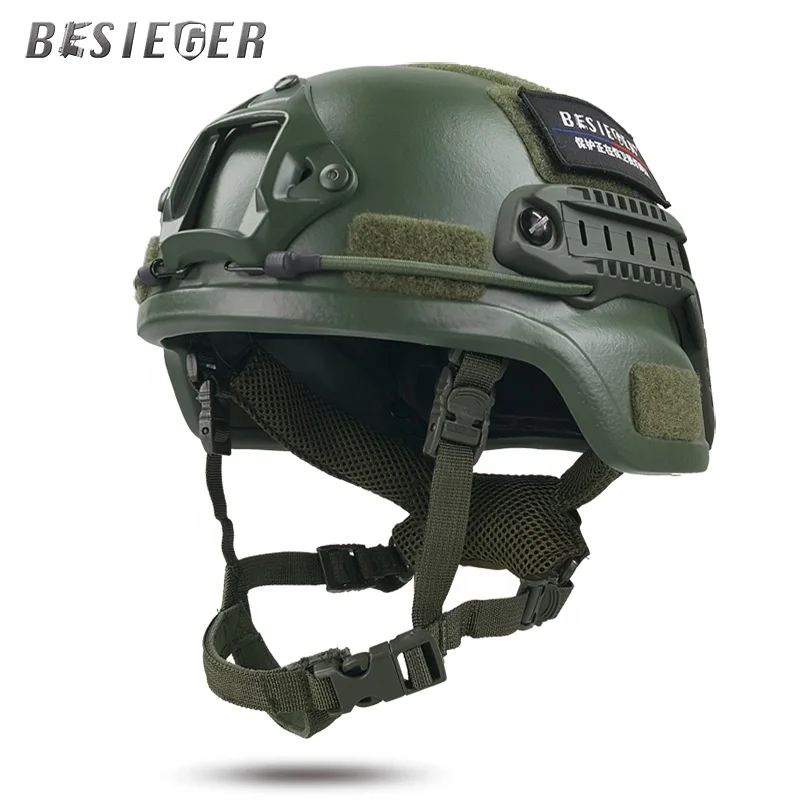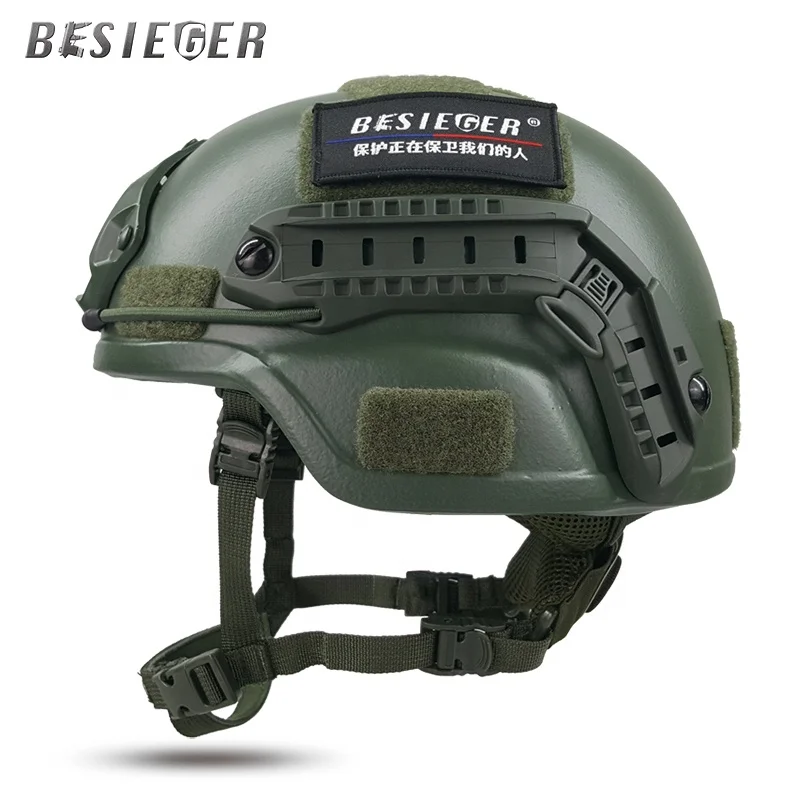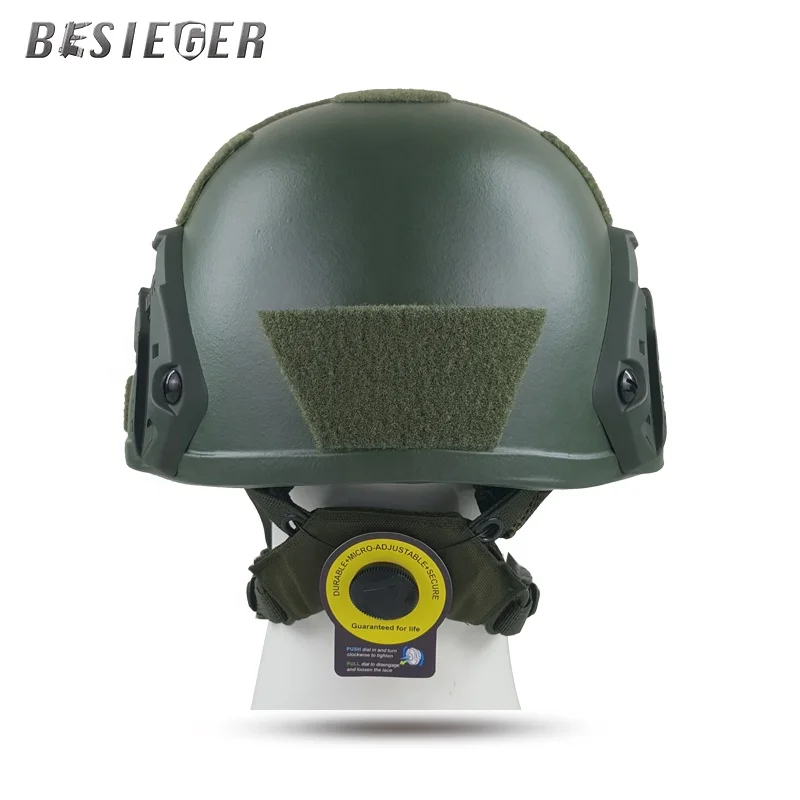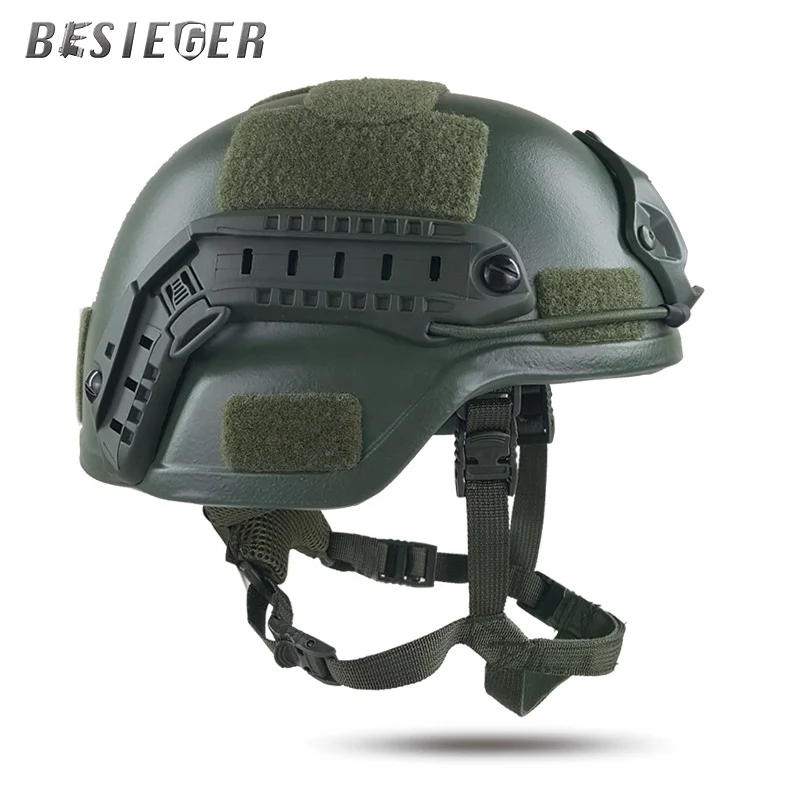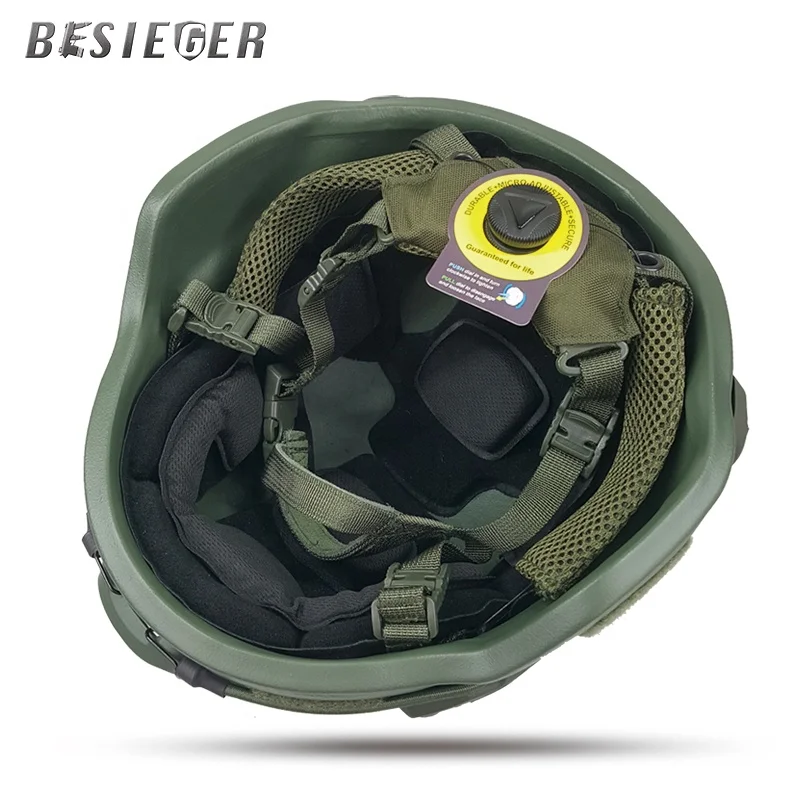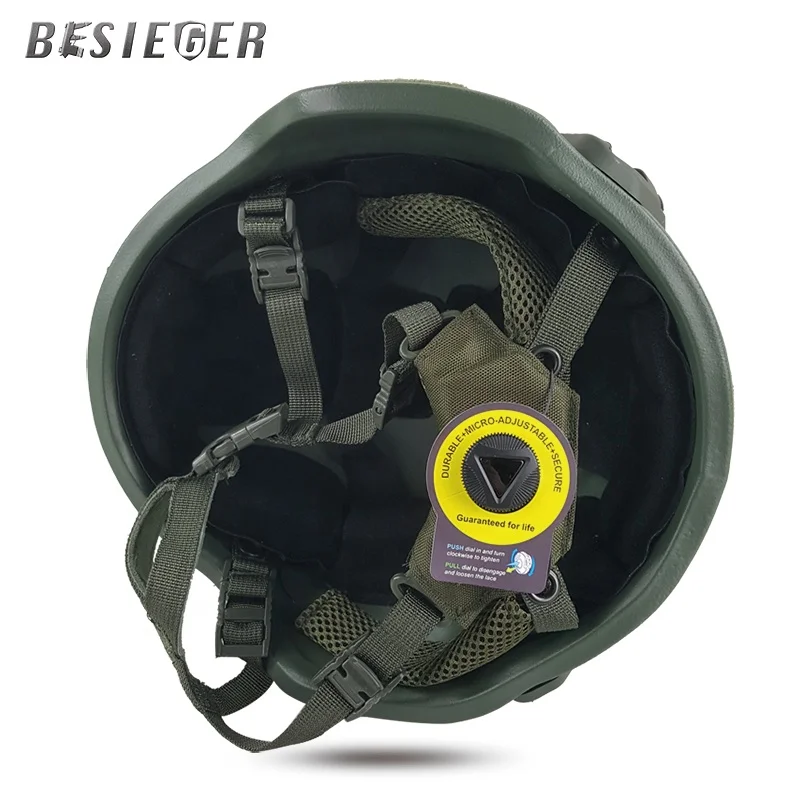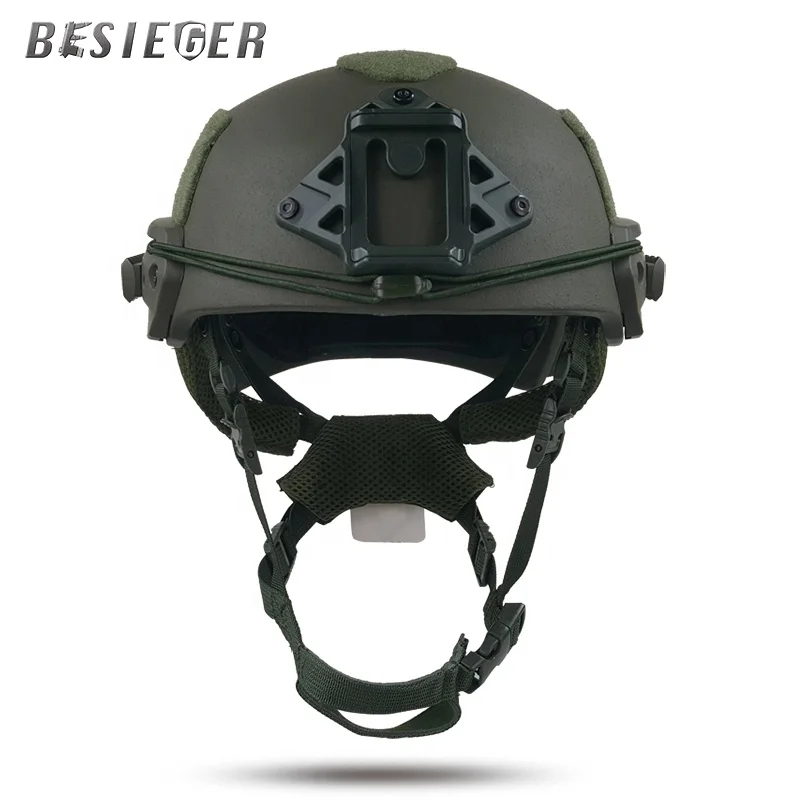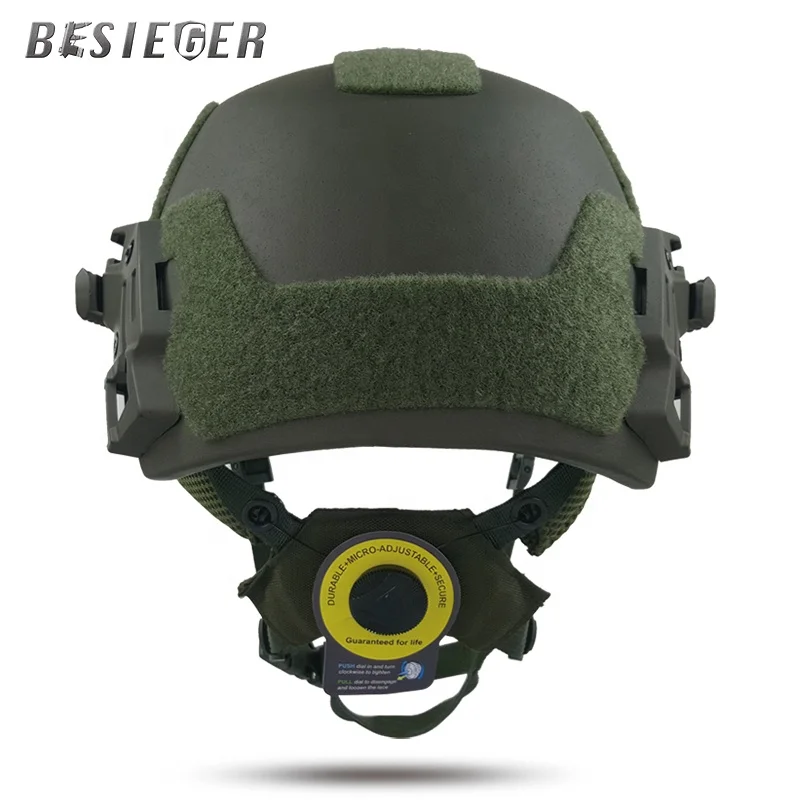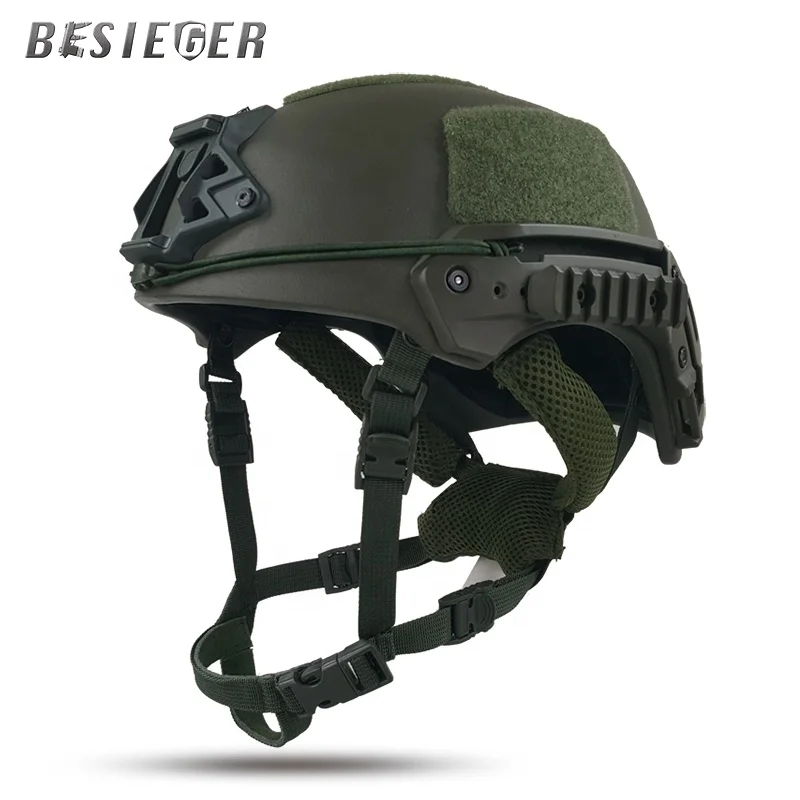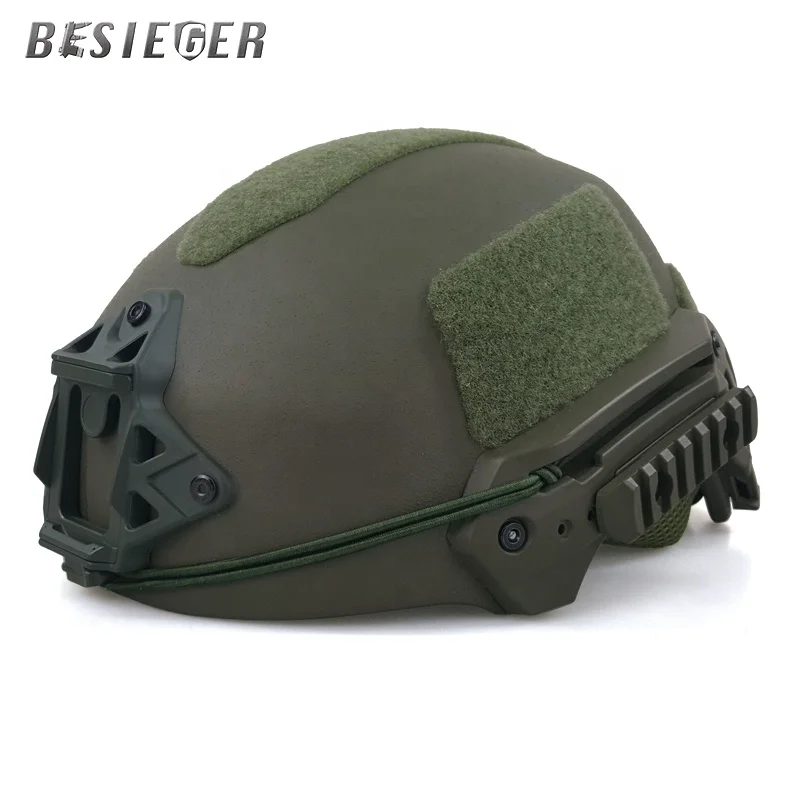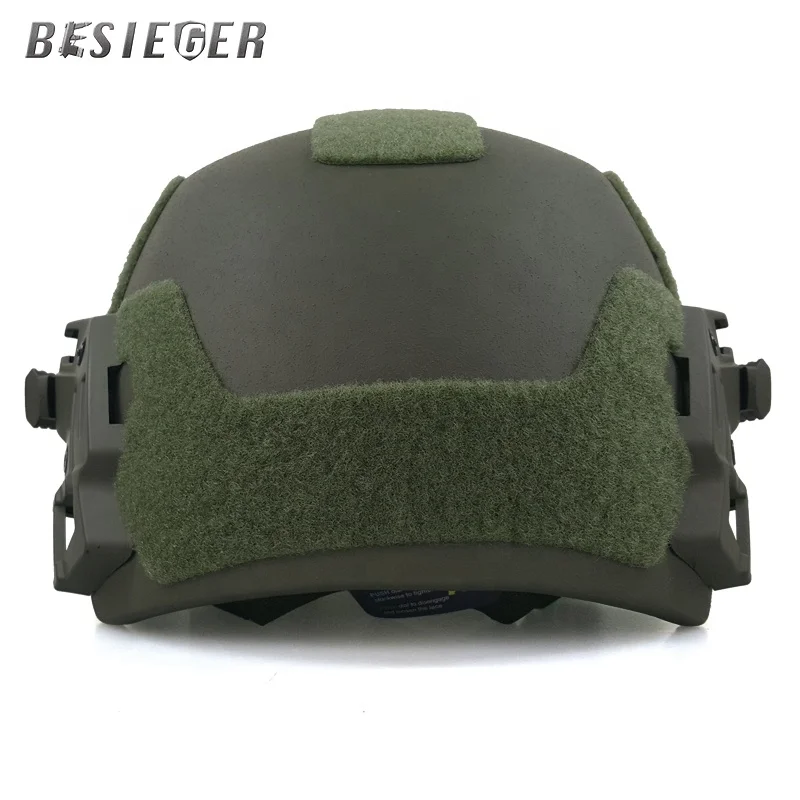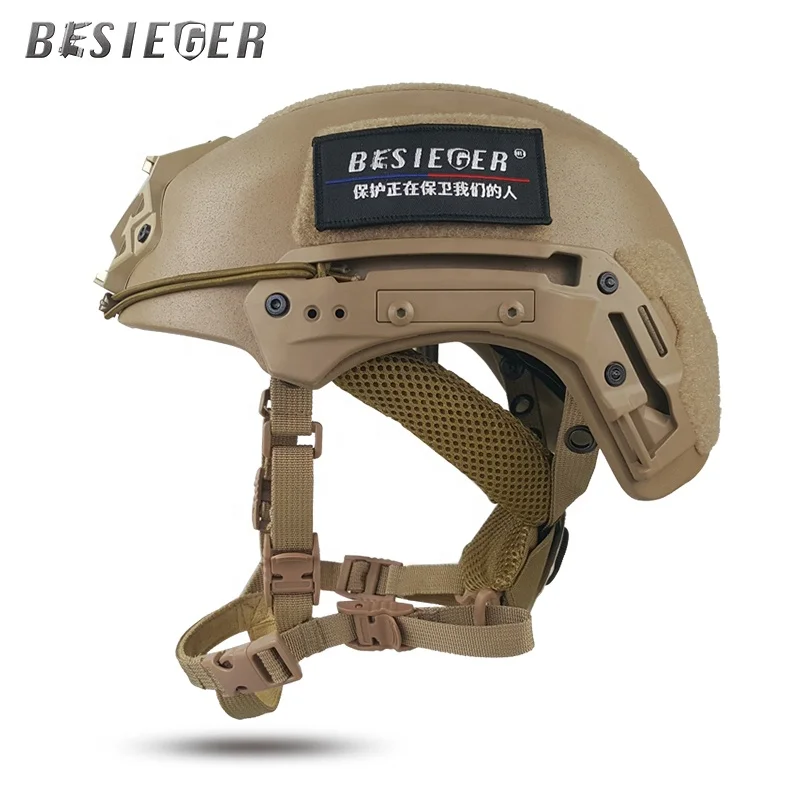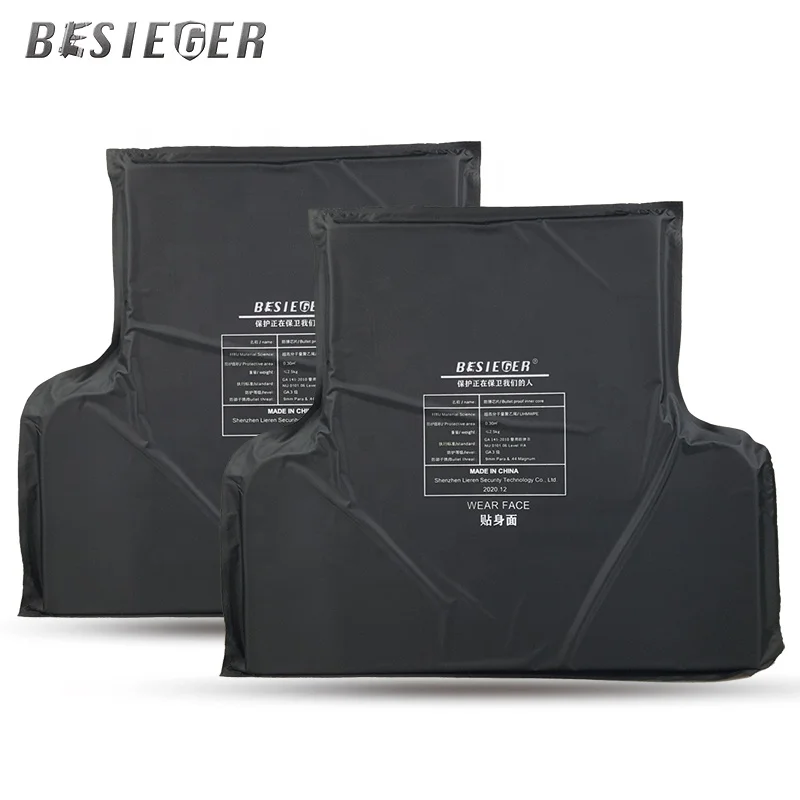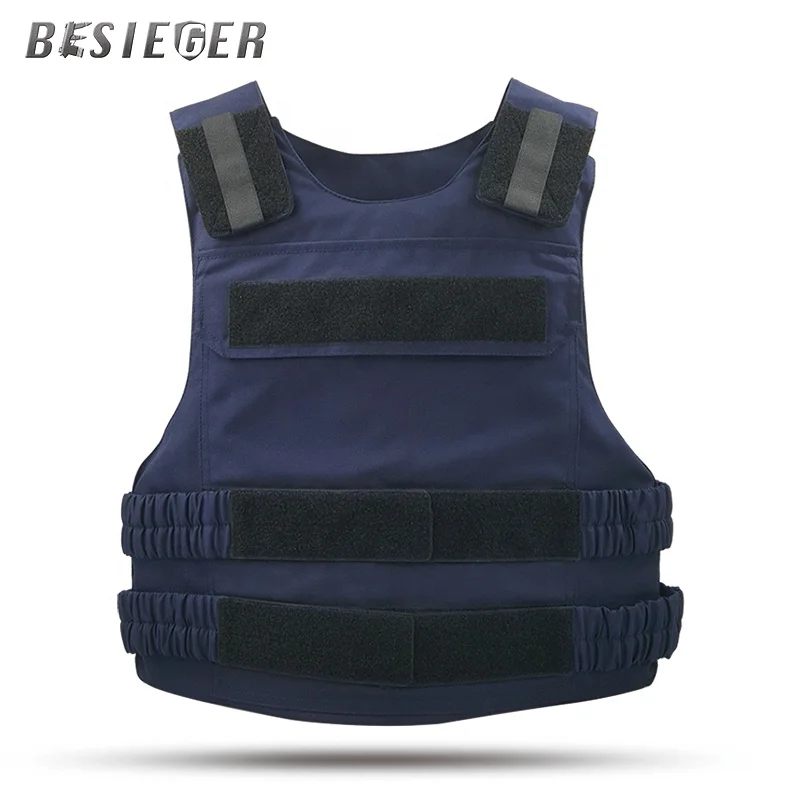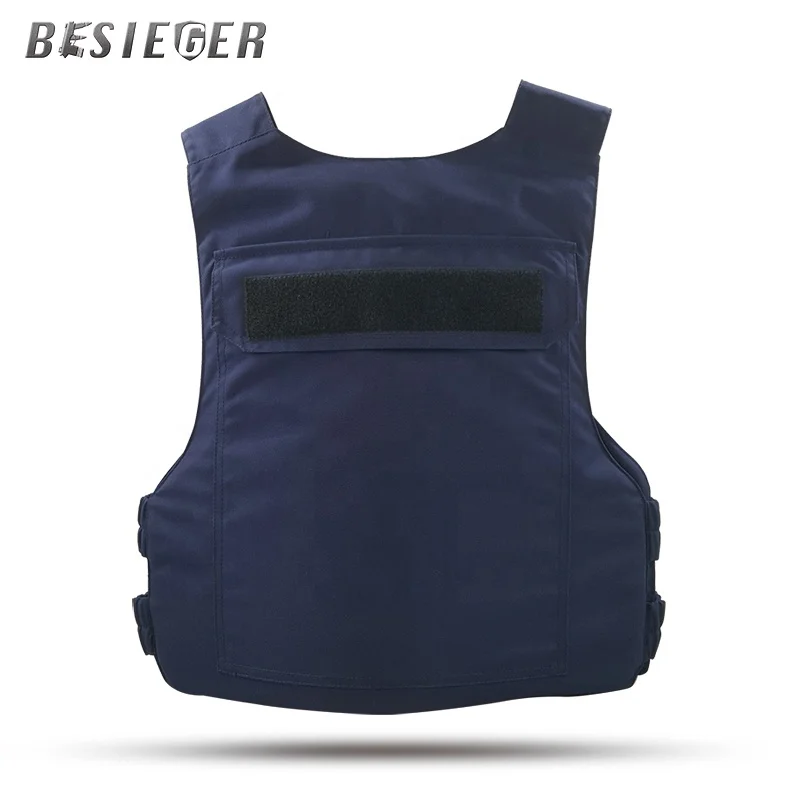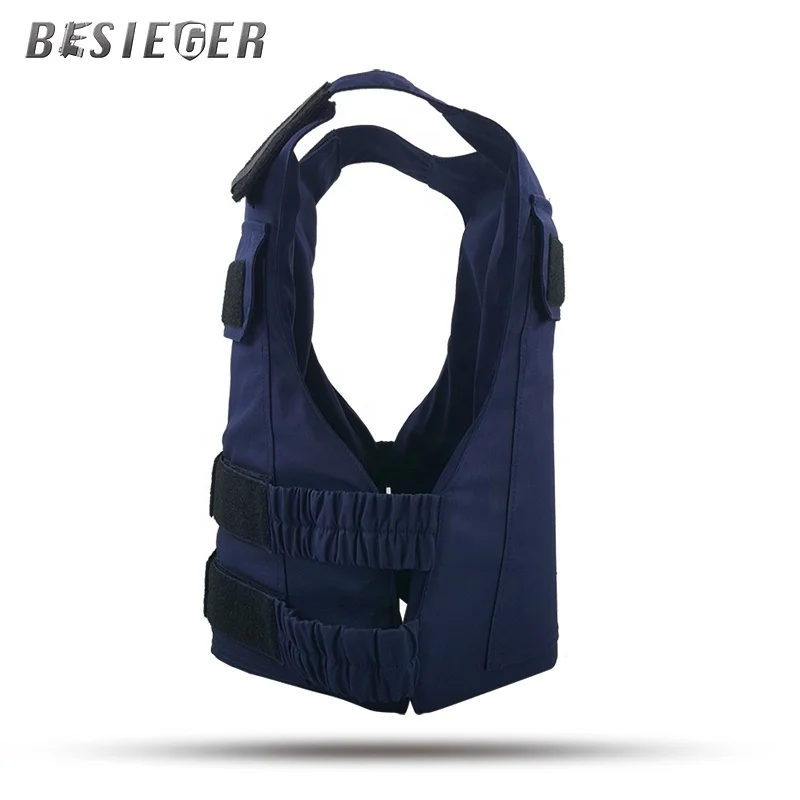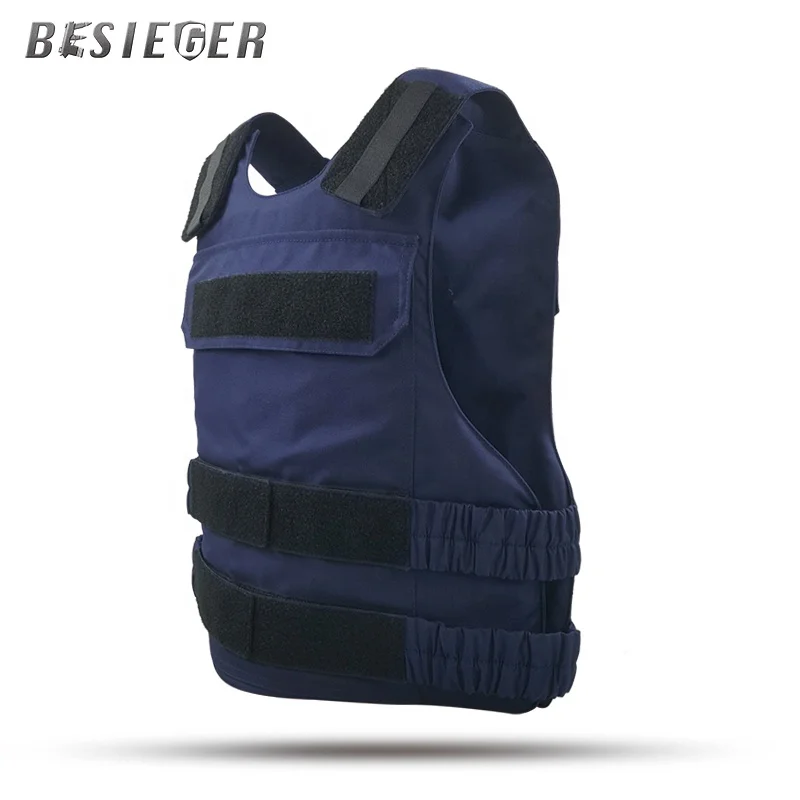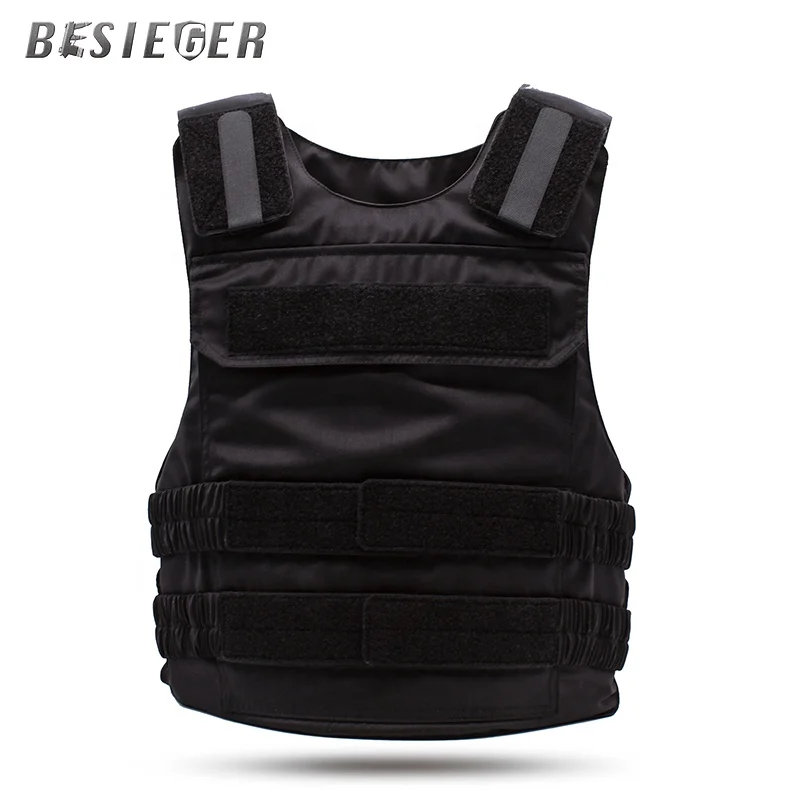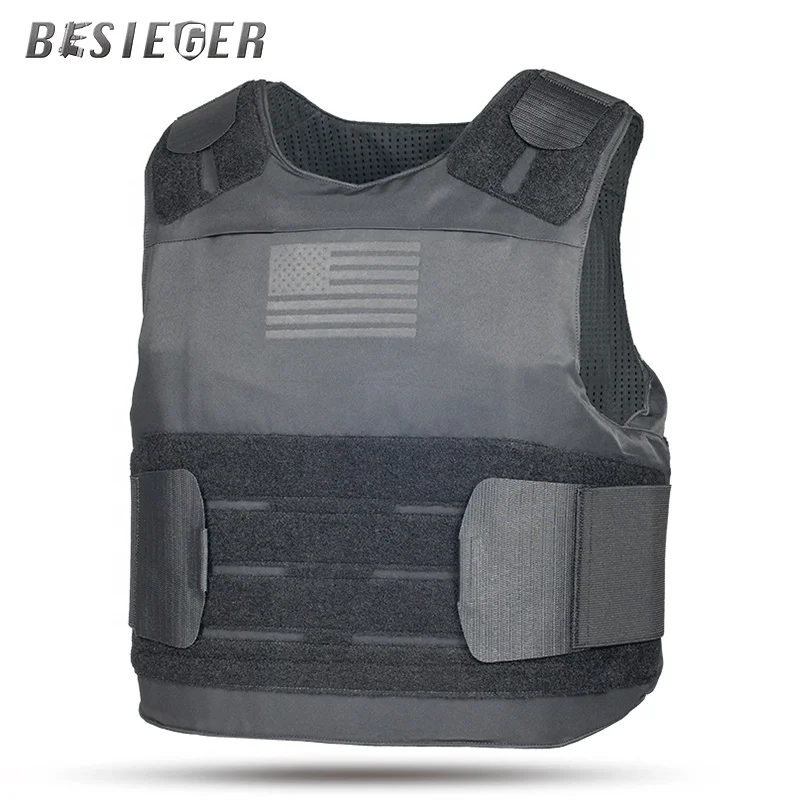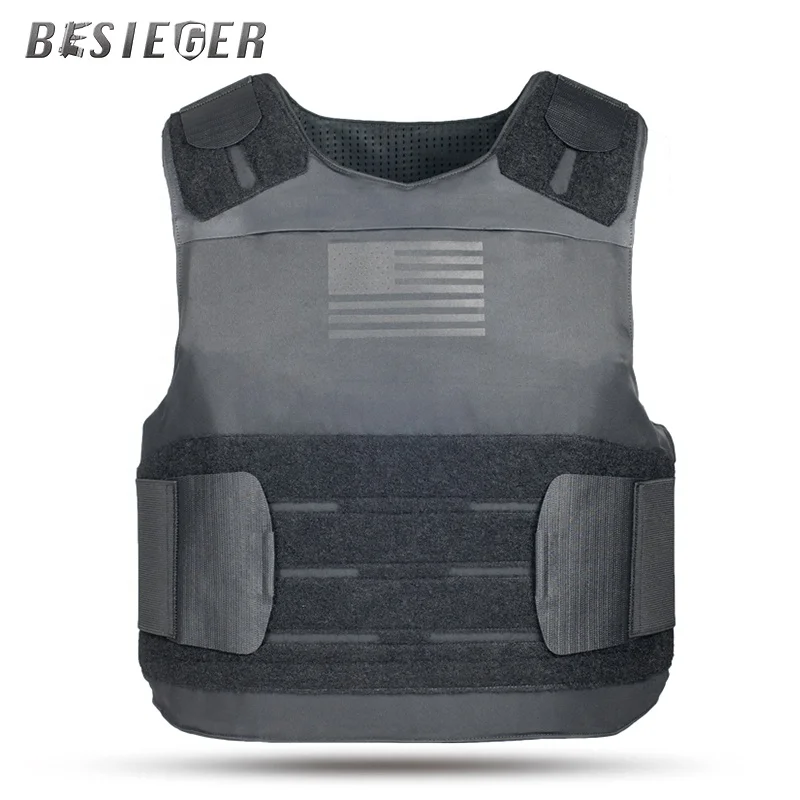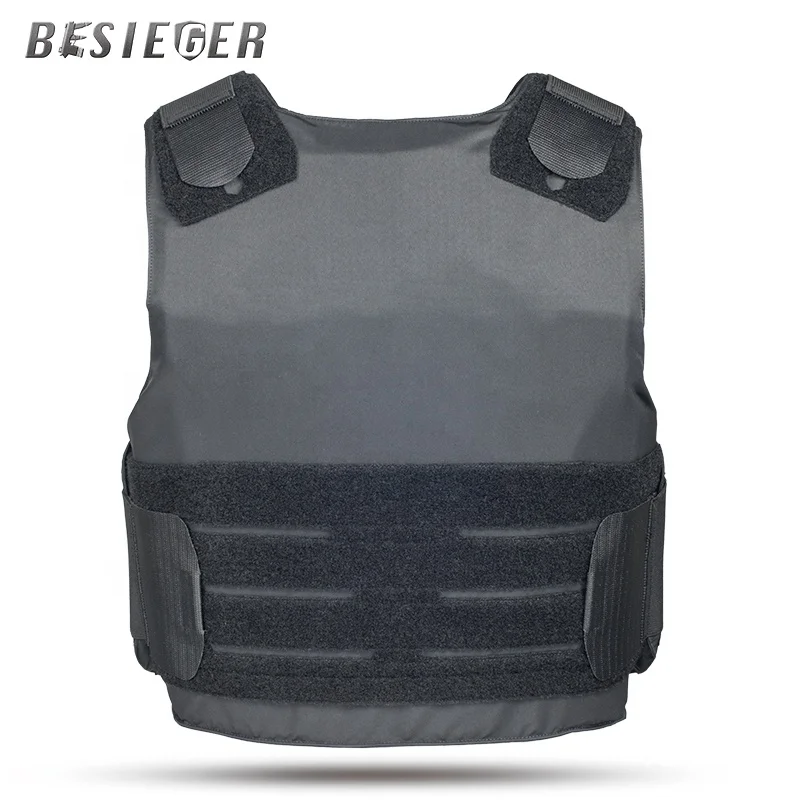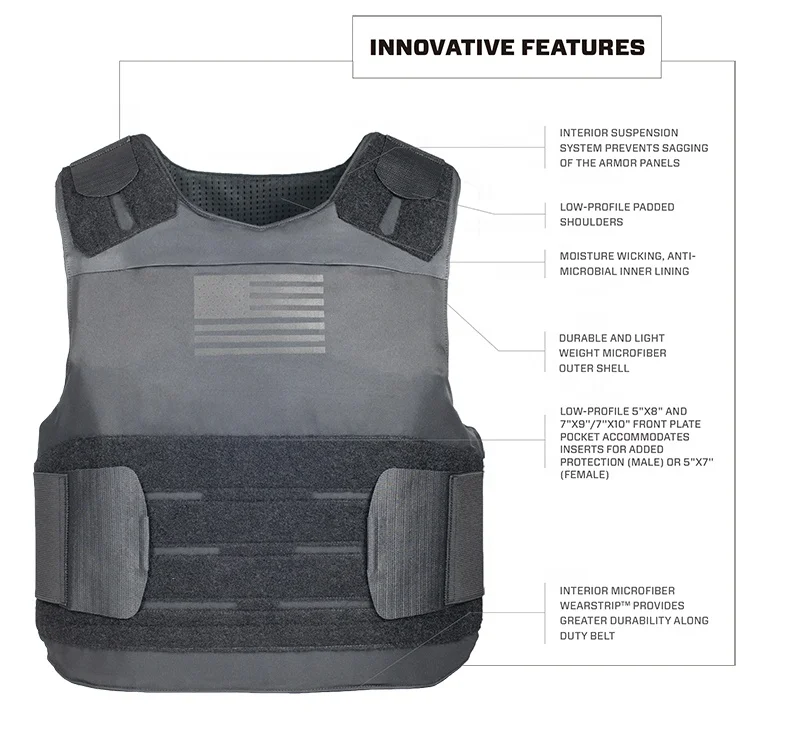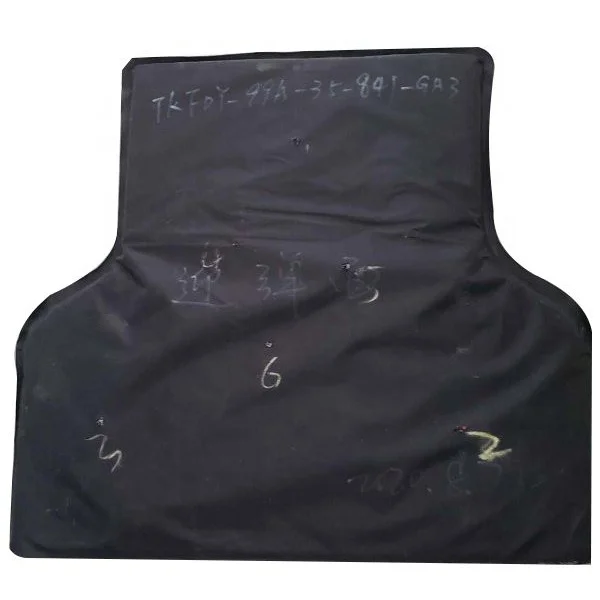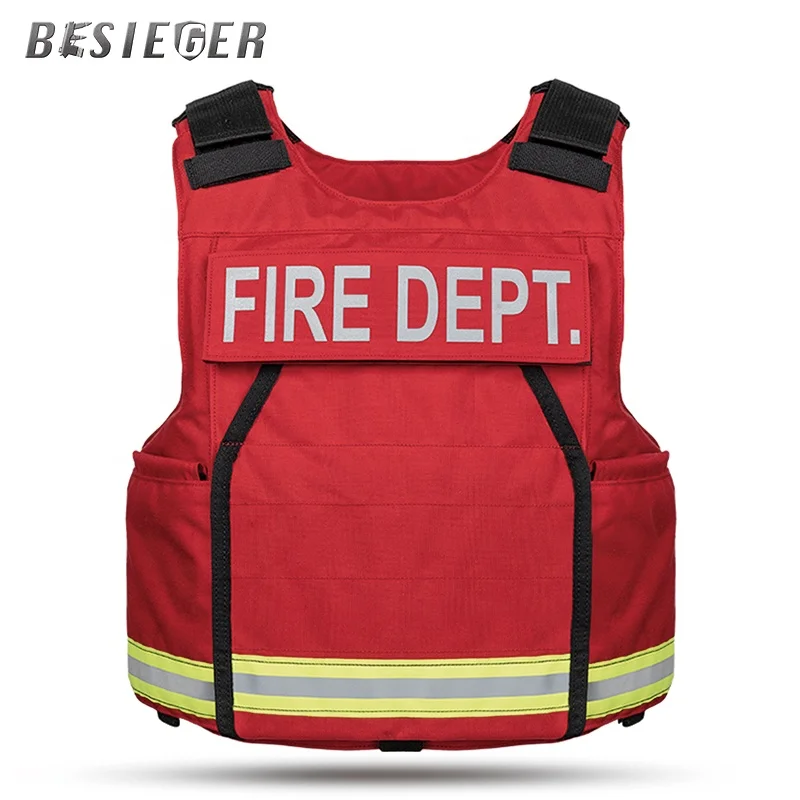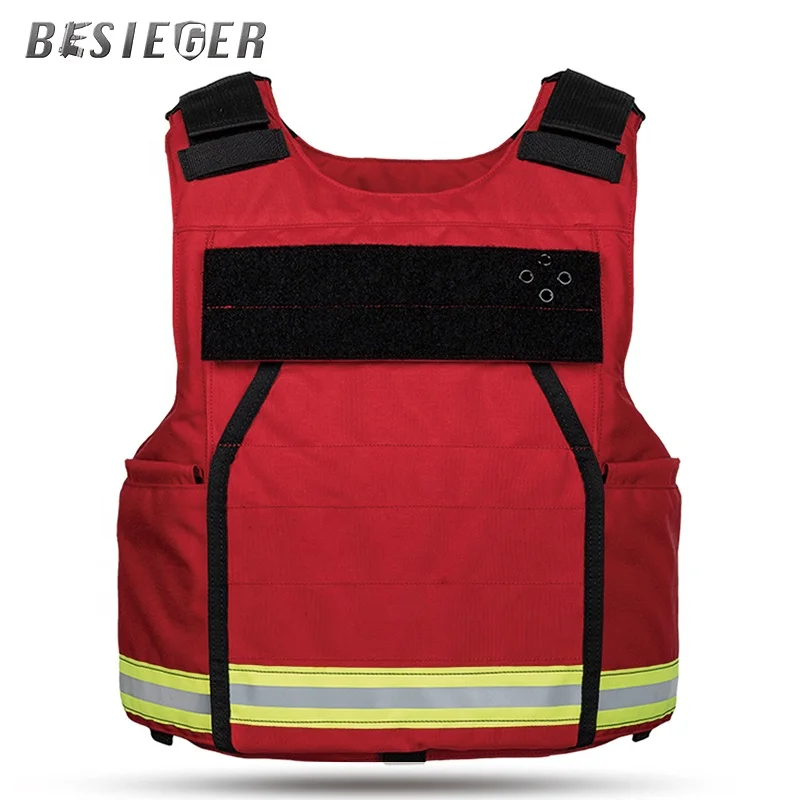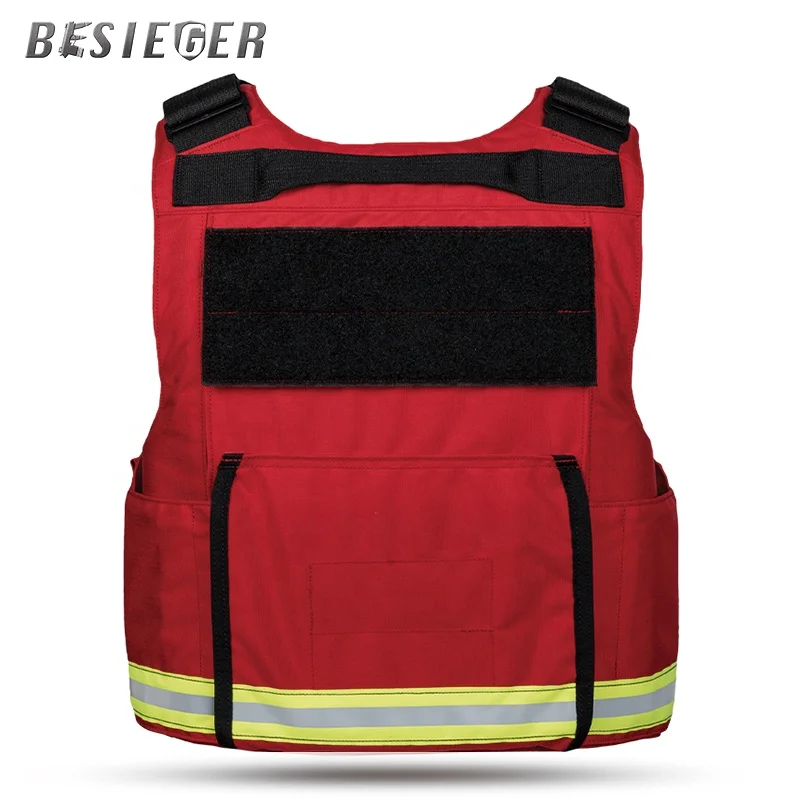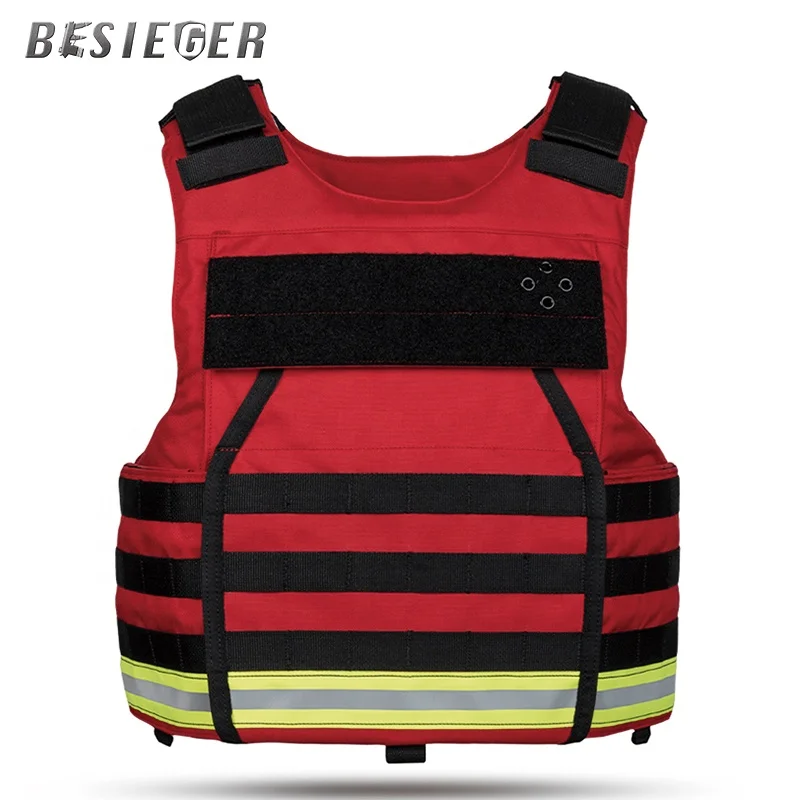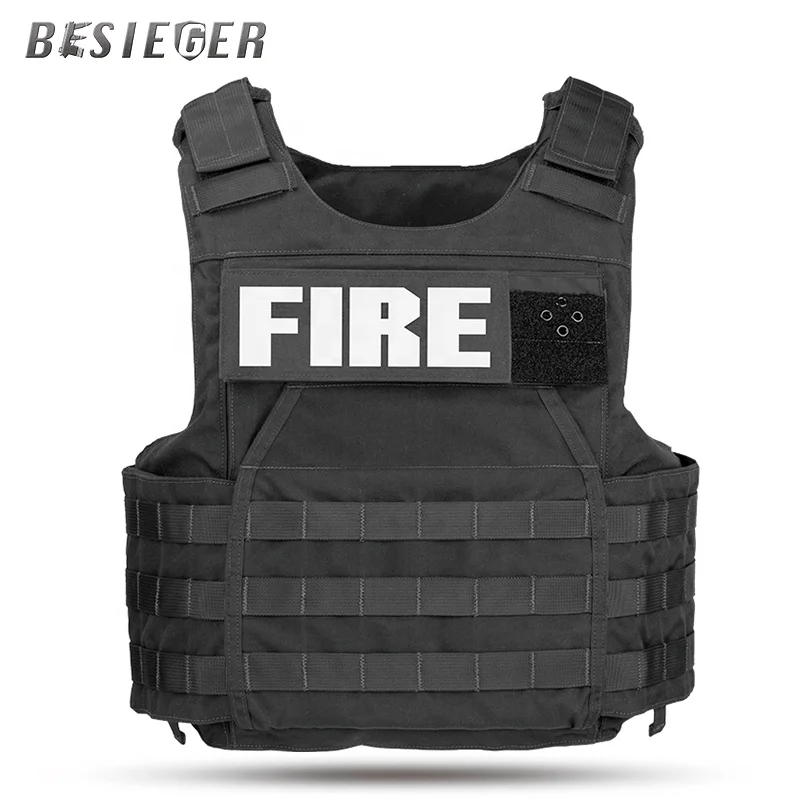Everything You Need to Know About TPR for Rubber & Plastics Applications
Thermoplastic rubber (TPR) has become an essential material in numerous industries due to its unique combination of rubber-like elasticity and plastic-like processability. As global demand grows, China has emerged as a leading supplier of high-quality TPR materials at competitive prices. This guide will help you understand the material's properties, applications, and how to source it effectively.
How to Find Reliable TPR from China in 2025
Finding trustworthy TPR suppliers in China requires careful research. Start by verifying manufacturer certifications like ISO 9001 and checking their production capacity. Reputable suppliers typically have:
- Minimum 5 years of industry experience
- Comprehensive testing facilities
- Transparent pricing structures
- Positive customer reviews (request at least 3 references)
Platforms like Alibaba can be useful for initial supplier discovery, but always conduct video factory tours before placing large orders. Many top Chinese manufacturers now offer virtual reality (VR) factory inspections.
What Buyers Should Know Before Buying TPR from China
When importing TPR from China, consider these critical factors:
- Quality Standards: Ensure materials meet international specifications like FDA, RoHS, or REACH depending on your application
- Shipping Terms: Clarify INCOTERMS (FOB, CIF, etc.) to avoid unexpected costs
- Payment Security: Use escrow services or letters of credit for new suppliers
- Lead Times: Typical production takes 15-30 days plus shipping
Case Study: A European automotive parts manufacturer reduced material costs by 22% by switching to a verified Chinese TPR supplier while maintaining identical performance specifications.
Types of TPR
The main TPR categories include:
Styrenic Block Copolymers (SBCs)
Most common type, offering excellent flexibility and processing characteristics. Widely used in footwear and consumer products.
Thermoplastic Polyolefin Elastomers (TPO)
Known for weather resistance, making them ideal for automotive exterior parts and roofing membranes.
Thermoplastic Polyurethane (TPU)
Provides superior abrasion resistance, commonly found in industrial hoses and medical devices.
Functions and features of TPR
Key advantages that make TPR materials popular:
- Recyclability (can be reprocessed multiple times)
- Shore hardness range from 10A to 70D
- Excellent compression set resistance
- Good chemical and UV resistance
- Processing temperatures between 160-220°C
Unlike traditional rubber, TPR doesn't require vulcanization, significantly reducing production time and energy costs.
Scenarios of TPR
TPR materials serve diverse industries:
Automotive
Weatherstrips, interior trim components, and vibration dampeners account for 28% of global TPR consumption.
Consumer Goods
From toothbrush grips to toy components, TPR's safety and soft-touch properties make it ideal for daily-use items.
Medical
Medical tubing and device components benefit from TPR's sterilizability and biocompatibility.
How to Choose TPR
Selecting the right TPR involves:
- Define your hardness requirements (Shore A or D scale)
- Determine necessary chemical resistances
- Consider operating temperature range
- Evaluate color and transparency needs
- Assess regulatory compliance requirements
Tip: Request material samples and conduct real-world testing before bulk ordering. Reputable suppliers provide free samples (typically 500g-1kg) for evaluation.
TPR Q & A
Q: What's the difference between TPR and TPE?
A: While both are thermoplastic elastomers, TPR specifically refers to rubber-like materials, whereas TPE is a broader category including various elastomeric compounds.
Q: Can TPR withstand outdoor conditions?
A: Certain TPR formulations offer excellent UV and weather resistance, making them suitable for outdoor applications lasting 5-10 years.
Q: What's the typical lead time for TPR orders from China?
A: Standard orders ship within 3-4 weeks, including production and documentation. Rush orders (50% premium) can reduce this to 2 weeks.
Q: How does TPR pricing compare to traditional rubber?
A: While raw material costs are similar, TPR's processing efficiency typically results in 15-30% lower total production costs.
Q: Is TPR safe for food contact applications?
A: FDA-compliant TPR grades exist, but always verify specific material certifications with your supplier.






